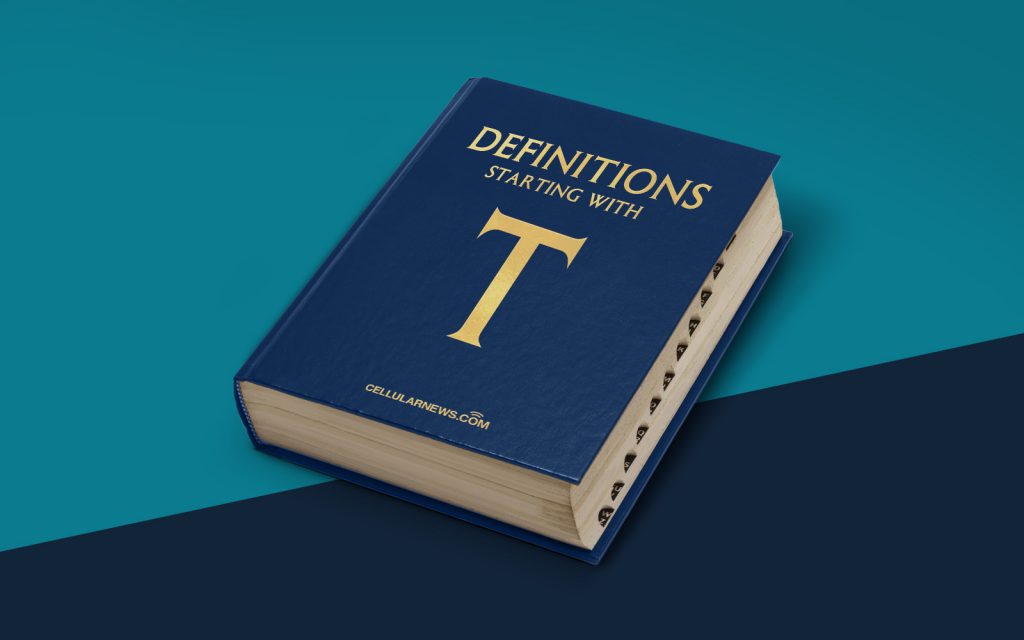
What is a Toy Language?

Greetings, language enthusiasts and curious minds! Today, we dive into the enchanting world of Toy Language. You might be wondering, “What on Earth is a Toy Language?” Well, fear not, dear reader, for we shall unravel this mystery together.
In simple terms, a Toy Language is a programming language specifically designed to be simple and user-friendly. It’s like a pint-sized version of a full-fledged programming language that aims to teach beginners the fundamentals of coding while keeping things lighthearted and enjoyable.
Now that we have a general idea of what a Toy Language is, let’s explore its features and why it has gained popularity among both educators and aspiring programmers:
Key Takeaways:
- Toy Language is a simplified programming language designed for beginners.
- It provides a fun and engaging way to learn coding concepts.
Why Toy Languages? Exploring the Advantages
The world of coding can be intimidating for newcomers, with its seemingly complex syntax and logic. This is where Toy Languages come to the rescue! Here are a few reasons why they have become a go-to tool for learning programming:
- Easy to Grasp: Toy Languages typically have a minimalistic syntax, with simplified rules and keywords. This makes them much easier to understand for beginners, allowing them to grasp coding concepts more quickly.
- Interactive Learning: Many Toy Languages come with interactive interfaces or visual elements that make learning a hands-on experience. This engages learners and enhances their understanding of coding principles through practical application.
- Beginner-Friendly: Toy Languages are designed with beginners in mind, offering a gentle learning curve. They act as a stepping stone before delving into more complex programming languages, building a strong foundation and boosting confidence in aspiring programmers.
- Experimental Playground: Toy Languages often encourage experimentation and exploration. They provide a safe space for beginners to play around with code, make mistakes, and learn from them, without the fear of breaking anything crucial.
- Community and Resources: Many Toy Languages have thriving communities where beginners can seek guidance, share their work, and collaborate on projects. These communities often offer comprehensive learning resources, tutorials, and forums to foster growth and support.
So, whether you’re a young trailblazer venturing into the world of programming or an educator looking for a delightful tool to teach coding, Toy Languages can be your gateway to unlocking the wonders of code.
Conclusion
As we bid farewell to our journey through the realm of Toy Languages, we hope you now have a better understanding of what they are and why they have become such valuable resources. These bite-sized programming languages provide a fun and interactive way for beginners to dip their toes into the vast ocean of coding.
Remember, the path to mastery starts with small steps, and Toy Languages are the gentle hand guiding you towards success. So, embrace the joyous adventure of learning to code, and who knows, you may soon find yourself diving into the depths of more complex programming languages with confidence and enthusiasm!
Happy coding, explorers!
